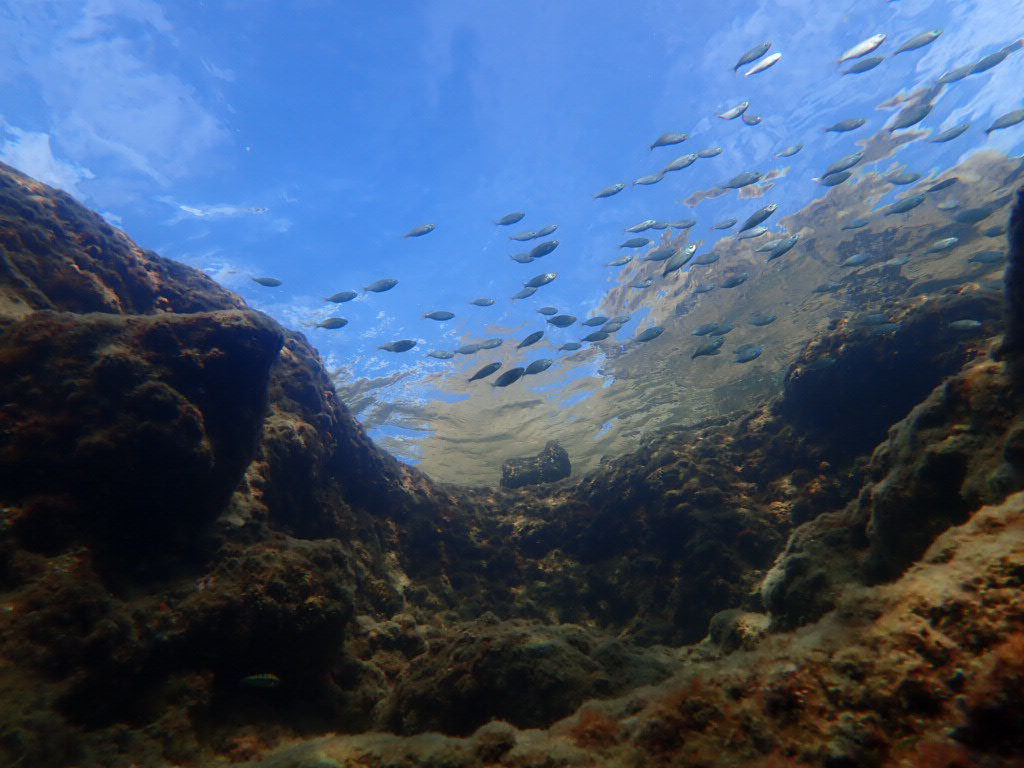
Firstly Scuba Diving in Manilva has fantastic sea bottom, rocky, sandy, wrecks. Secondly there are dive site for everyone. Thirdly Best dive site of Manilva with ScubaCourseSpain. For instance we have many dive sites filled with marine creature. Best of all we can sit and chill in of of the Chiringuito close by the dive site.
San Luis de Sabinillas is part of Manilva which have many different dive sites. Many species are present like Octopus, Flabellinas, Sea Cocumbers, Blennies. Rocky sites, lovely beaches and shallow water are ideal for family diving.
In addition we always bring our underwater camera with us, we make sure you bring many souvenir to the surface.
Different courses for different needs, Try dive, PADI – CMAS – FEDAS courses. For beginner, Open Water and Advanced Open Water, our instructors count for more than 20 scuba diving specialities.
Scubacoursespain is proud to count many student from the Asociación Subacuática Casares as Student Divers.
Manilva dive School has a swimming pool where PADI student can practice their diving Skills. Our instructors are here to answer any diving questions. We bring our underwater camera on each dive for the free pictures.
Manilva Geology
The south coast of Manilva is the sequences of yellowish sandstones from the Lower Miocene Aljibe, alternating with levels of pelites, originate interesting and old platforms of marine abrasion. Some of them lined by current beaches, where the internal sedimentary structures and the erosion processes due to the waves and the wind can be observed. The sandstones of the Aljibe Unit are turbiditic rocks sedimented in deep marine basins of submarine fans and unstable sedimentation slopes, during the alpine orogeny.
Underwater
This type of geology create a Fantastic Underwater scenery. Huge boulders nearly reach the surface of the sea with a coverage of beautiful marine life like Nudibranch, Flabellina, Tricolor Doris. And best of all the Gorgonian Forest, this is in fact a Coral Forest, we found 3 main species through it, the white, purple and yellow Gorgonian.
https://www.scubacoursespain.com


